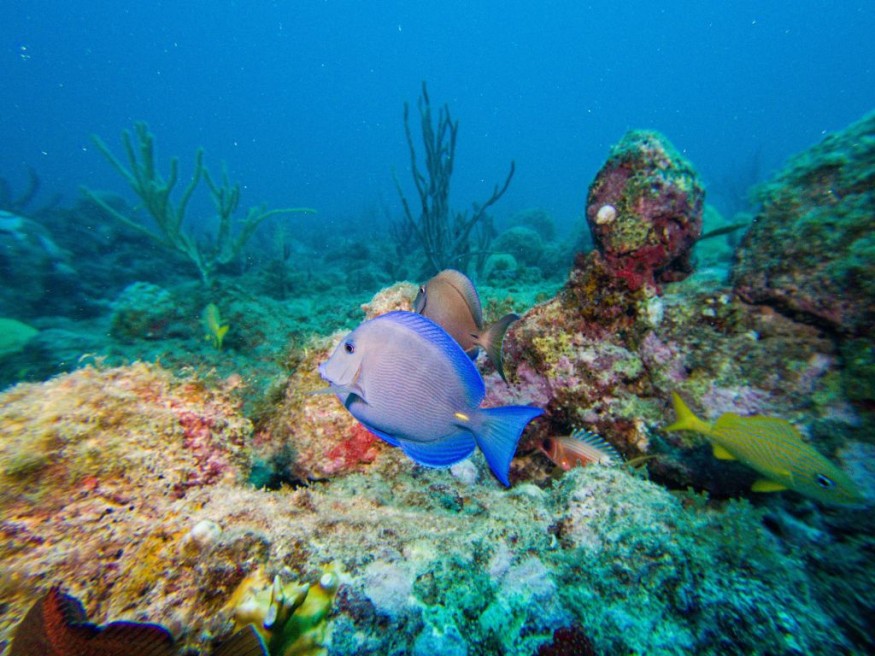
The US government program that informs global coral bleaching response plans has introduced three additional alert levels to its heat stress category system, following a spike in coral reef stress.
Status of Coral Reefs
The measures announced by the Coral Reef Watch program came after extraordinary levels of heat stress devastated reefs across the Americas last year, bleaching and killing corals in large numbers.
Coral reefs are one of the ecosystems most vulnerable to global warming, which is caused by the use of fossil fuels and deforestation, and they support one-quarter of all marine species.
"We are entering a new world in terms of heat stress where the impacts are becoming so pervasive that we had to rethink how we were doing things," said Dr. Derek Manzello, Coral Reef Watch director.
Coral Reef Watch, hosted by the National Oceanic and Atmospheric Administration (NOAA), has historically issued warnings for coral reefs in four phases, with the highest, alert level 2, indicating that "severe bleaching and significant mortality [are] likely.".
The program has now added three additional alarm levels to a software used by scientists, conservationists, marine park managers, and citizen scientists all across the world to better assess the status of coral reefs in their respective areas.
The warning system is based on a measure of accumulated heat stress that corals face at any particular time, known as degree heating weeks.
For example, if corals are exposed to temperatures one degree Celsius above the normal maximum for seven days, they acquire one DHW.
Coral Reef Watch's original system gave the highest rating of 8 DHWs or above, but last year during the northern hemisphere summer, extensive areas of reef across numerous countries experienced heat stress far exceeding that top rating, surpassing more than 20 DHWs in certain cases.
The new alert level 3 indicates DHWs between 12 and 16, alert level 4 from 16 to 20, and alert level 5 for anything over 20.
The text related to the alert levels has also been updated to highlight how the intensity of bleaching and the risk of coral death vary based on the coral's sensitivity to heat.
At alert level 5, there is a chance of "near complete mortality" of all corals.
Until the adjustments were implemented shortly before Christmas, the warning system had remained unmodified since its inception in 2009. The underlying assumptions about the hazards of various levels of heat stress have been in place since 1997.
Reefs May React Differently
Dr. David Wachenfeld, who conducts reef ecology and monitoring research at the Australian Institute of Marine Science and was previously the chief scientist at the Great Barrier Reef Marine Park, described Coral Reef Watch as the "go-to" tool for the global coral reef community.
He applauds NOAA for acting promptly and admitting that the system that has been in use since the late twentieth century is no longer adequate for describing the extremes.
Wachenfeld stated that the warning levels were a good guide, but reefs may react differently to the same degree of heat stress depending on the species mix or bleaching history in that area.
"Having to adjust our systems like this is an inevitable consequence of the climate changing. We are in uncharted territory in terms of heat impacts on reefs," he added.
© 2025 NatureWorldNews.com All rights reserved. Do not reproduce without permission.





